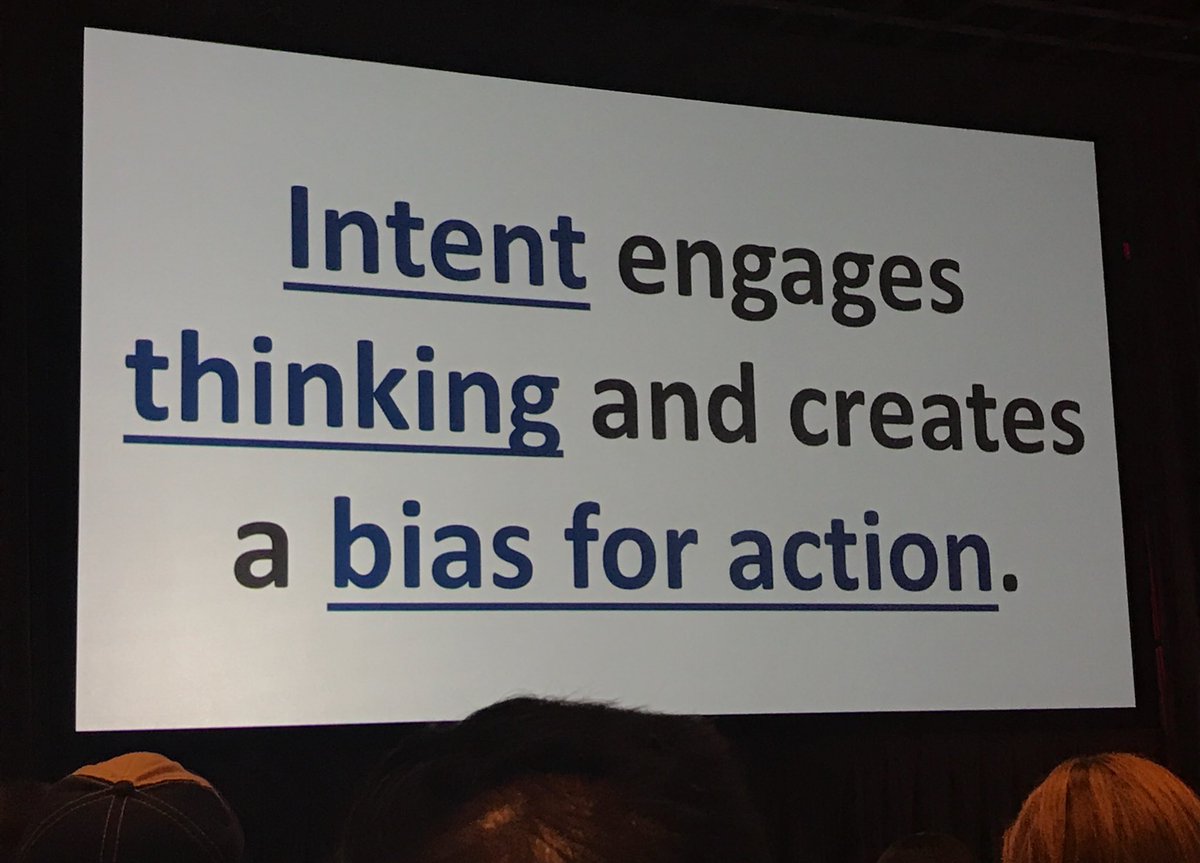Intent at least two levels up
…fear, uncertainty, and doubt. Extreme pressure. You must make decisions, fast.
✣ ✣ ✣
Make decisions that advance the whole in the right direction, even under extreme pressure.
People are more likely to focus on the high level goal if they know what it is.
See MCDP Commander’s Intent.
- EEK » Be Intentional, but Hold It Lightly
- HBR » The Right Way to Rally Your Troops; maybe, rally the troops is a pearl?
- The Culture Game—Tools for the Agile Manager by Dan Meznick
Announcing intent:
- is a powerful way to exercise leadership in a self-organizing world;
- is a form of disclosure, and disclosure is associated with greatness;
- amounts to a passive ask for help, which in turn associates with greatness;
- is a unilateral broadcast of information that does not require a reply from the receiver, reinforcing the receiver’s autonomy mastery purpose because they may choose to either help you or not;
- shares essential information about the work that needs to be and is being done;
- sets up attraction and repulsion (tensegrity).
Announce your intentions early and often.
Everyone can influence how the system behaves by simply announcing intentions and following through. Over time, a statement of intent becomes predictable and reliable as part of the environment—it becomes second nature.
Therefore:
Know the intent at least two levels up and decide in favor of that general direction. Subordinate everything else.
✣ ✣ ✣
Leaders with positional authority who clearly announce intentions are often called visionary.
✣ ✣ ✣
Announcing intent does everyone a huge favor and:
- eliminates guessing and information delays, fueling speed and adaptability;
- allows others to adjust plastic plans; and
- is perhaps the most important activity of genuine leaders.
To announce your intent, you must know what you want, so engage the spice girls question. This clarity helps everyone around you, and increases safety levels and associated levels of group learning.
Sources
- Seth’s Blog » Seth Godin » Don't do what I said, do what I meant., educating and trusting rather than commanding and demanding compliance; to educe rather than compel..
